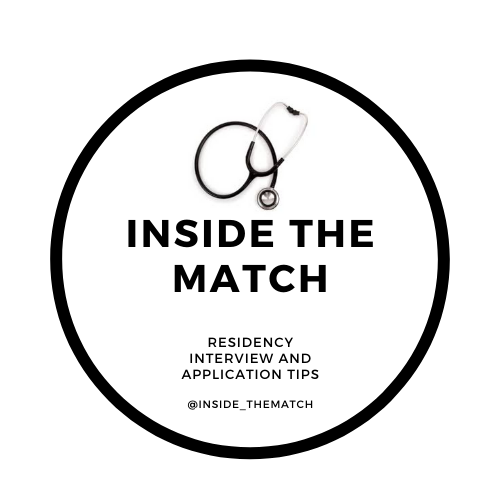Licensed Without a Residency
Written by Henna Sawhney, MD (Co-Founder of the American Society of Physicians)
The hardest part about not matching into residency is finding a way to practice medicine. You are in a “limbo” period - you have the medical degree you’ve worked your entire life to get, but you haven’t completed the compulsory training you so desperately need to obtain a license to practice.
So what are your options?
You can work as a medical assistant, research assistant, or find an observership where you are limited and do far less than what you did in your 3rd year of medical school.
But there’s another option that is far better, and much more practical, to the skill sets of a doctor.
I had the opportunity to get my license as an Assistant Physician in Missouri and worked at both an Urgent Care and Primary Care center. The scope of practice is under the supervision of a board-certified physician and can be equated to the level of a Nurse Practitioner or Physician Assistant. I took histories, completed physical examinations, wrote/signed medical notes, did procedures, and prescribed. I was managing patients with UTIs and strep throat to those with chest pain and even COVID-19.
For the first time since graduating from medical school, I was practicing medicine.
The particular Urgent Care I worked at had you go through a 3-day shadow and interview process before acceptance. Then you had 120hrs of training before you were allowed to take on shifts, varying between two locations, both day and night shifts. We had weekly didactics and case presentations to support our learning as we would in residency training. The clinics were also the only ones open 24/7 in the St. Louis area and a lot of patients would opt to be seen here rather than wait for hours in the Emergency Department.
The Primary Care clinic I volunteered at had us taking care of patients with more complex conditions such as uncontrolled diabetes and hypertension, many of who did not have appropriate medical care or even insurance. Our supervising physician also provided residency prep, like proofreading our statements and conducting mock residency interviews.
While the experience was not exactly equal to the rigor or breadth of residency, it gave me a chance to care for patients, particularly in underserved and rural communities, while also giving me the opportunity that enhanced my residency application and connected me with physicians that not only wrote strong LORs but advocated on my behalf.
How do you get licensed?
The eligibility requirements for this type of license are equivalent to that of residency: Graduate medical school in good standing, completion of USMLE steps 1 and 2, ECFMG certification for International Medical Graduates (IMGs), and have not completed residency training. A few states have other requirements such as completion of Step 3, proof of residence in that state, graduation from specific medical schools, or confirmation of employment before licensure. You simply fill out the form, obtain the required documents, and send it to the board for approval. It can take anywhere from a few days to a few months, depending on the state applied to.
These are the states that currently license physicians to work under supervision without requiring a residency:
1. Missouri
2. Arizona
3. Florida
4. Washington
5. Arkansas
6. Utah
Due to the ongoing COVID-19 pandemic, several states have also issued temporary licenses to physicians without requiring a residency. Illinois and New York are just two examples, but they, unfortunately, expire in the next few months.
Overall, these licenses are an easy way to work to the full capacity of your training, while gaining the meaningful skills needed to prepare for and succeed in residency.
Resources:
1. COVID-19 Temp Licensing by state: https://licensing.csg.org/covid-policy-responses/temporary-licensure/
2. Missouri Assistant Physician: https://pr.mo.gov/boards/healingarts/375-1002.pdf
3. Arizona Transitional Training Permit: https://azmd.gov/FormsIndex/FormsIndex
4. Florida House Physician: https://flboardofmedicine.gov/licensing/resident-physicians-interns-fellows-and-house-physicians/
5. Washington MD-CE: https://wmc.wa.gov/licensing/applications-and-forms/international-medical-graduates-clinical-experience-license
6. Arkansas Graduate Registered Physician: https://www.armedicalboard.org/Professionals/pdf/GRP_AppPack.pdf
7. Utah Associate Physician: https://dopl.utah.gov/md/restricted_assoc_md_application.pdf

